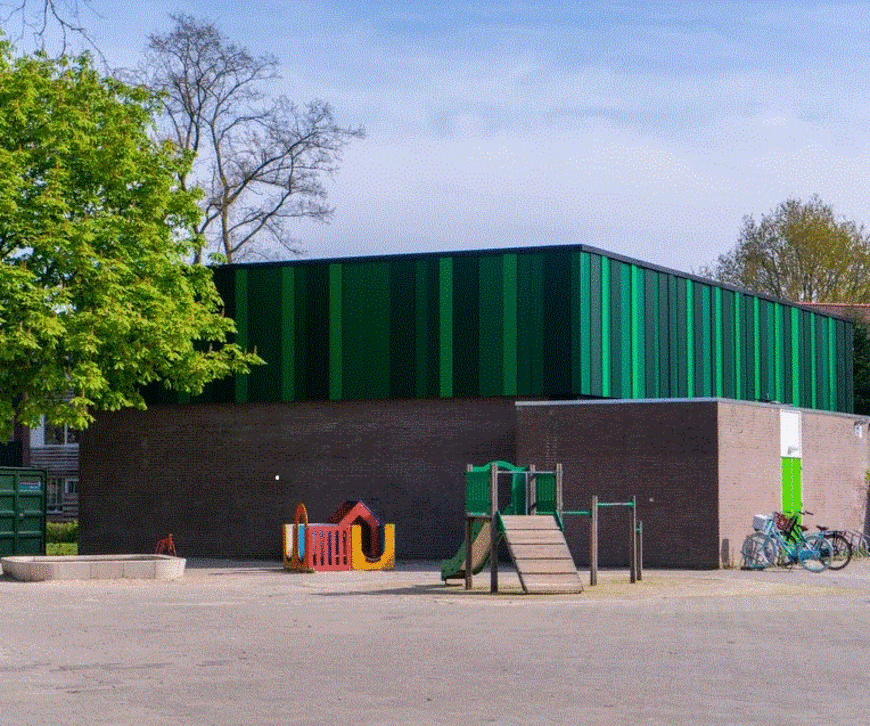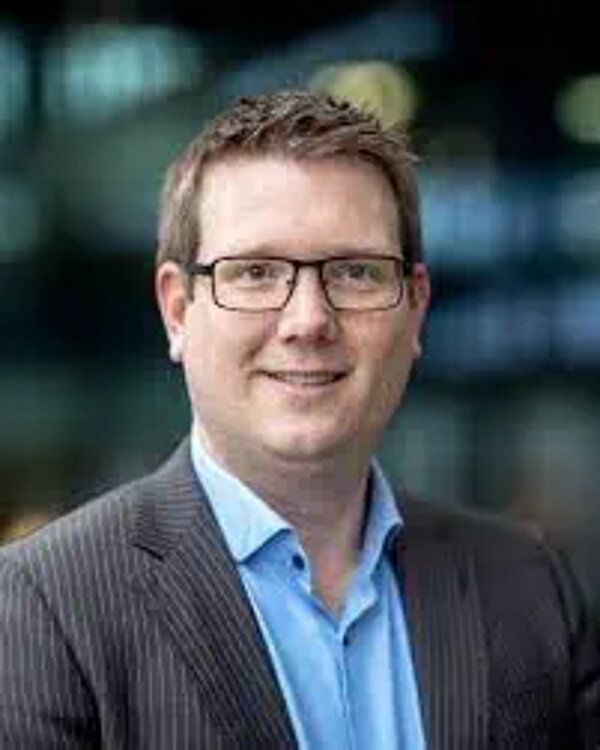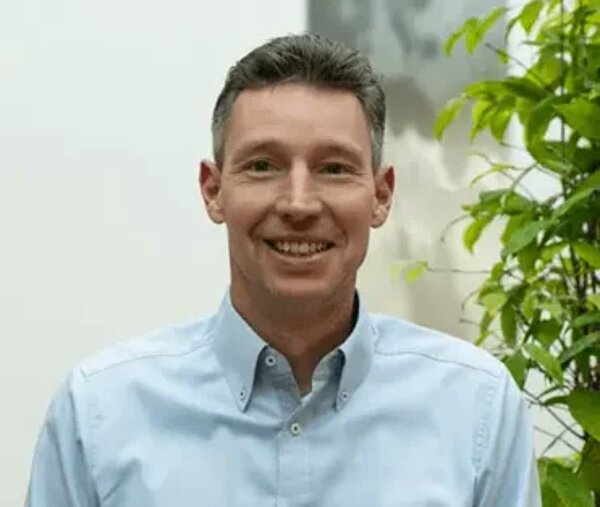Calosol utilizes façade surfaces in race against the clock for energy-efficient housing

Calosol has developed a technology that uses facade surfaces to harness solar energy or heat
According to this report brought out by the Dutch environmental agency Natuur & Mileu, there were 1.5 million homes with an energy label E, F or G in the Netherlands in 2022. As of 2030, all housing must have the energy label D or higher. This means that over the next 7 years, all those homes will have to be made more sustainable. A daunting task; especially considering that over the past 60 years, around 2.2 million Dutch homes have been made more sustainable.
Using facade surfaces to harness solar energy or heat could make a substantial contribution to meeting this goal. According to figures from the Ministry of the Interior and Kingdom Relations, the Netherlands has 8.046 million homes in total. If you add to that all other types of building façades, you end up with a surface area the size of the Province of Utrecht.
AkzoNobel, Emergo and TNO jointly developed aesthetically appealing heat pumps that capture energy from the portion of sunlight invisible to the human eye. This way, façade surfaces can be used to harness solar energy or heat. Together, Emergo and TNO founded the joint venture Calosol to launch this product on the market.

A coating that absorbs heat
The joint venture was formed during the EU’s ENVISION project (2017-2021), which was coordinated by TNO. However, the idea of a coating that absorbs heat was conceived before that, when Bart Erich, scenior scientist at TNO and researcher at the Eindhoven University of Technology (TU/e), was at a construction trade fair eight years ago. Over at the AkzoNobel booth, they showed him an innovative paint that is capable of reflecting much of the sunlight with dark colors. Smart, but especially useful for hot countries, where buildings need to be cooled. “In the cooler climes of the Netherlands, on the contrary, we want to harness as much energy as possible from sunlight. So we have to use the sun specifically as a source. With that idea Calosol was born; we don’t want to reflect the heat back, but rather draw it in,” Erich explains, CTO of the joint venture.

The major advantage is that the coating also picks up solar radiation, whereas an air source heat pump (ASHP) only uses heat from the air. This leads to higher yields, even with lighter colored façades. “A red panel only loses 15 percent in terms of yield compared to black collectors. But compared to normal PV panels, the energy yield of red panels is still a lot higher,” notes Gerrit Jan van Riessen, head of product development at Emergo Energy Systems.
“In the summer, we can also use this system to keep homes cool. If the outdoor temperature is lower than the indoor temperature at night, you can use the panels to cool your home through nighttime radiation, or by reversing the heat pump and use that to cool the home.”
Aesthetic and responsible energy harnessing
It is common knowledge that black does not reflect much light and as such, absorbs a lot of heat or energy. Yet a house with black solar panels on the roof ánd the façades is unattractive. This is why AkzoNobel developed a coating whereby colored panels can effectively absorb heat.
“Our starting point has always been that we want to harvest energy in an aesthetically responsible way. Look at the gym hall in Almere, for example, which has only become even more attractive with our panels.”
Erich
Exploiting invisible energy
The coating has such high yields because it also makes use of the “invisible” part of sunlight. Light contains energy, but we only see 45 percent of this light with the human eye. The invisible part of solar radiation is called “near infrared” (NIR) and consequently accounts for more than 50 percent of the total amount of solar energy. Calosol’s coating enables panels – no matter what color – to absorb heat in an optimal and invisible way.
In other words, the Calosol system harnesses the energy of NIR by adding pigments to colors that have no effect on the reflection of the visible part of light. You could say that for the invisible part of light, these pigments act like the color black.


Collective system
It quickly became clear during a pilot that disruption to residents should be kept to a minimum. As a way to keep the process as brief as possible, a separate heat capture storage unit, like a garden shed, was also developed. “The roof and facades of the storage unit are made up of heat harvesting components. The heat pump and the rest of the technology can all be stored in the storage unit. This is completely prefabricated and so it can be installed very quickly,” Van Riessen points out. Emergo specializes in prefabricated solutions for the construction industry.
The feasibility for this was tested in a laboratory. Erich: “The simplest solution turned out to be the best. That came down to pipes that transport heat behind the panels to the heat pump.” That heat pump enables the captured energy to be used for heating and tap water.
In Eindhoven, three homes owned by the Sint Trudo housing corporation were fitted with façade elements and garden sheds. Each home was provided with 15 square meters of façade solar collectors, spread across the front and back of the house or shed. Once completed, all three homes were awarded the A++++ label.
At this point, a total of 7 homes and a sports hall have been fitted with the Calosol system. The year 2023 is a start-up year in which the system will be introduced to several construction projects. Van Riessen says in conclusion: “Our ambition is to provide hundreds of homes and dozens of larger properties with our system within five years.”